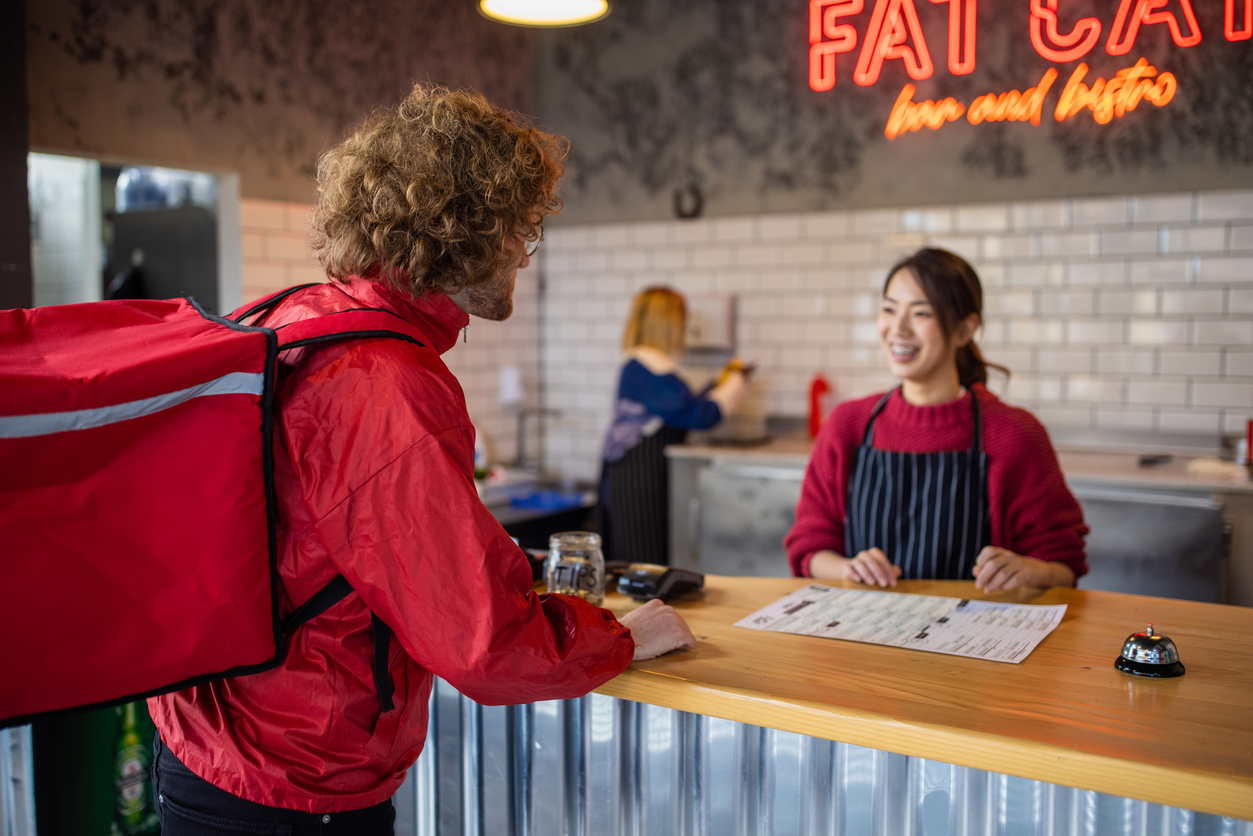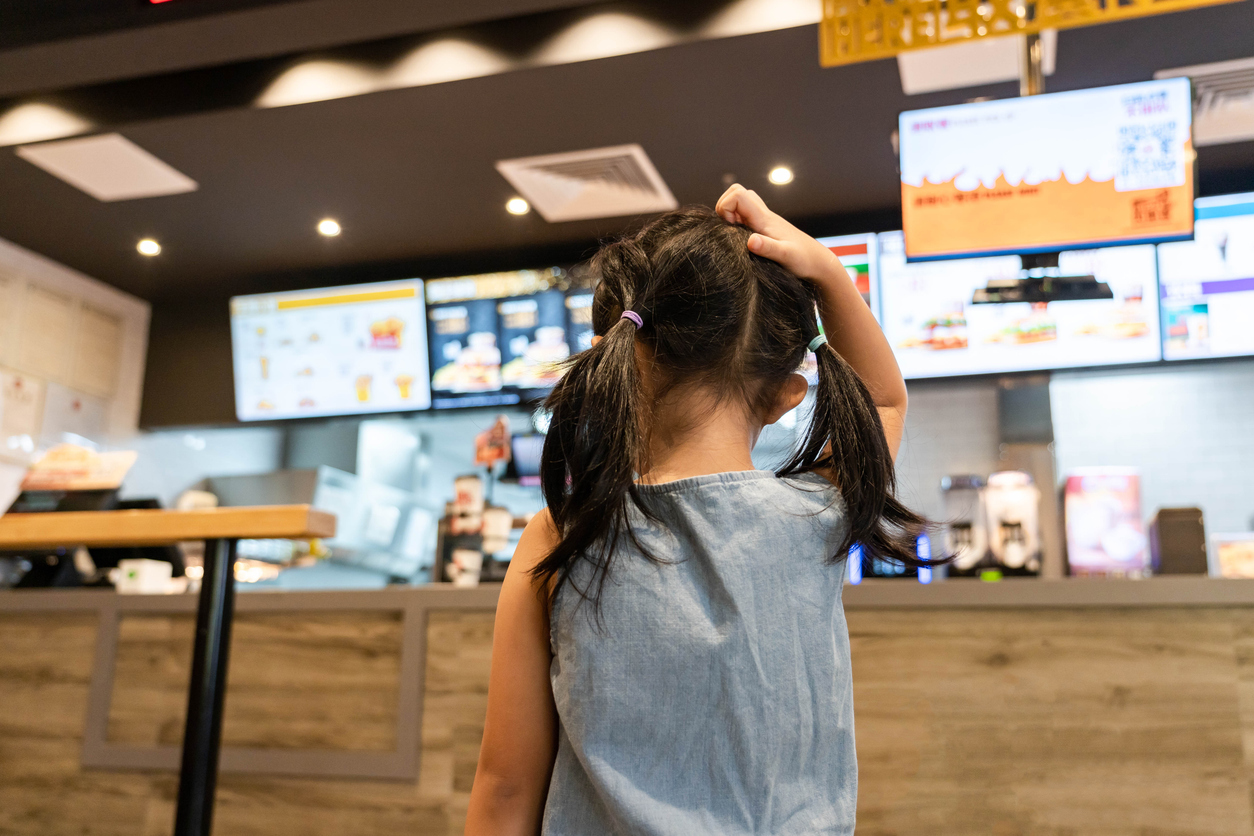The rise of robotics in the food industry has transformed how restaurants handle repetitive tasks. AI-driven robots are now taking on roles like flipping burgers and folding sushi, leading to increased efficiency and consistency in food preparation.
For instance, robotic kitchen assistants can handle tasks such as grilling, frying, and even precisely assembling burgers. These robots work tirelessly and consistently, ensuring that each burger is always cooked to perfection. Similarly, automated sushi makers can precisely slice fish and roll sushi accurately, reducing preparation time and minimizing human error. Robots boost efficiency and enhance food quality by maintaining consistent standards.
Forecasting Demand With AI-Powered Vision
Accurate demand forecasting is crucial for managing inventory and ensuring restaurants meet customer needs without waste. AI-powered vision systems are transforming this process by analyzing historical data and current trends to more precisely predict customer flow and inventory needs.
These systems use cameras and sensors to monitor customer traffic, weather conditions, and local events that might impact demand. For example, a popular restaurant chain might use AI to predict a surge in orders during peak dining hours or special events, allowing it to adjust staff levels and inventory accordingly. This technology helps restaurants avoid overstocking or running out of key ingredients, leading to better resource management.
Analyzing Feedback
Customer feedback is essential for improving restaurant operations and ensuring high-quality dining experiences. AI plays a significant role in analyzing this feedback to gain insights into food quality and customer satisfaction.
AI tools can process large volumes of data from online reviews, social media, and customer surveys to identify trends and areas for improvement. For example, sentiment analysis algorithms can detect common themes in customer comments, such as recurring issues with a particular dish or praise for exceptional service. By aggregating and analyzing this data, AI helps restaurants make informed decisions about menu adjustments and service improvements.
Language Translation
With an increasingly diverse clientele, effective communication with international guests is vital. AI-driven language translation services enhance the dining experience for non-native-speaking customers by facilitating clear communication between staff and guests.
AI translation tools can instantly translate menus, order requests, and conversational interactions into multiple languages. This technology helps overcome language barriers and ensures all guests can understand and enjoy their dining experience. Examples of AI translation tools used in restaurants include real-time translation apps and multilingual menu displays.
Personalized Music And Lighting
Creating the right ambiance is crucial for a memorable dining experience. AI is now used to personalize restaurant environments through music and lighting, tailoring the atmosphere to fit customer preferences and special occasions.
AI systems can analyze customer demographics, time of day, and current events to adjust music playlists and lighting settings. For example, a restaurant might use AI to play upbeat music during busy lunch hours and switch to more relaxed tunes for dinner service. Lighting can also be adjusted to match the time of day or highlight special areas of the restaurant.
Optimizing Delivery Routes And Wait Times

Efficient delivery management is essential for restaurants offering takeout and delivery services. AI algorithms are helping to optimize delivery routes and reduce wait times by analyzing traffic patterns, delivery times, and order volumes.
AI-powered route optimization software can calculate the most efficient paths for delivery drivers, considering real-time traffic conditions and order priorities. This technology helps ensure deliveries are made quickly and accurately, improving customer satisfaction and reducing operational costs.
Identifying Repeat Customers
Recognizing and rewarding repeat customers can enhance their dining experience and build loyalty. AI identifies repeat customers and tailors services to their preferences by tracking behavior and order history.
AI systems can analyze data from loyalty programs and past interactions to offer personalized recommendations and rewards. For example, if a customer frequently orders a specific dish, AI can suggest similar items or offer discounts on their favorite meals. This personalized approach helps create a more satisfying and engaging dining experience.
Reducing Unsatisfactory Orders
Ensuring high-quality food and service is crucial for maintaining customer satisfaction. AI helps reduce the number of unsatisfactory orders by predicting potential issues before they arise. AI systems analyze order patterns, customer feedback, and kitchen performance to identify and address potential errors.
For instance, if data shows that a dish often receives negative feedback, AI can alert staff to adjust the recipe or cooking process. By proactively addressing issues, AI helps maintain high standards and prevent customer dissatisfaction.
Freeing Up Time
Chefs are often busy with various tasks, from preparing complex dishes to managing kitchen operations. AI is helping to free up their time by automating routine tasks and assisting with intricate culinary techniques.
AI tools and robots can handle repetitive or time-consuming tasks, such as chopping vegetables or monitoring cooking times, allowing chefs to focus on creativity and high-value activities. This technology enables chefs to spend more time developing new recipes and perfecting their craft, enhancing the overall quality of the dining experience.
Drive-Thru
Drive-thru service is a popular feature for many restaurants, and AI is making this experience faster and more efficient. AI-powered drive-thru systems improve order processing, enhance accuracy, and provide personalized recommendations.
AI technologies can streamline the drive-thru process by automating order-taking and using speech recognition to understand and process customer requests. Additionally, AI systems can suggest menu items based on previous orders or current promotions, helping customers make choices more quickly.
Make Your Restaurant More Efficient With Checkmate
AI dramatically transforms the restaurant industry by enhancing efficiency, improving customer experiences, and optimizing operations. As technology continues to evolve, AI will play an even greater role in driving digital sales for brands that implement the right technology. Interested in exploring AI phone ordering and drive-thru solutions? Check out our AI offerings and see how we can help.





